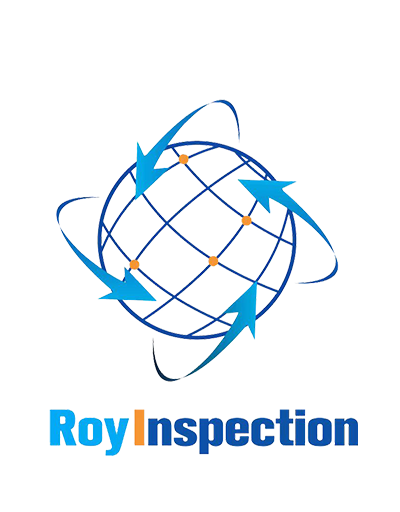What is a garment factory audit?A garment factory audit is a comprehensive inspection of a clothing manufacturing facility to ensure that it meets ethical and quality standards. It is conducted by independent parties, often at the request of brands or retailers, to verify that the factory complies with international labor laws, environmental regulations, and health and safety standards. The purpose of a garment factory audit is to identify any existing or potential risks and help factories make improvements towards sustainability, fairness, and quality.Why Conduct a Garment Factory Audit?Garment factory audits are an essential component of responsible sourcing and supply chain management. By conducting audits, brands and retailers can ensure that their products are made in a way that respects human rights and minimizes environmental impact. It also demonstrates their commitment to ethical sourcing, holds suppliers accountable for their actions, and helps avoid negative publicity and legal consequences that may result from unethical practices.What Does a Garment Factory Audit Entail?A garment factory audit includes both a physical inspection and a review of documentation. It assesses a wide range of factors, including labor practices, working conditions, wages, benefits, environmental impact, health and safety measures, and management systems. Auditors will conduct interviews with workers, check payroll and other records, examine the factory's physical conditions, and review any existing policies and procedures. The outcome of the audit will determine whether the factory meets the required ethical and quality standards.What are the Main Ethical Standards for a Garment Factory?The main ethical standards for a garment factory include compliance with international labor laws, such as the International Labor Organization (ILO) conventions, the UN Guiding Principles on Business and Human Rights, and the Fair Labor Association (FLA) Code of Conduct. These standards ensure that workers are treated fairly, have access to safe and healthy working conditions, are paid fairly, and have opportunities for growth and development.What are the Main Quality Standards for a Garment Factory?The main quality standards for a garment factory include compliance with industry standards, such as ISO 9001 and 14001, and strict adherence to quality control procedures throughout the production process. Quality standards ensure that garments are made to the required specifications, with high-quality materials, and without any defects or damage. This helps to minimize the risk of returns and customer complaints, and ultimately, ensures customer satisfaction.Who Conducts Garment Factory Audits?Garment factory audits are conducted by independent third-party organizations that specialize in social compliance and audit services. These organizations are accredited by recognized bodies, such as the Social Accountability Accreditation Services (SAAS), and employ trained auditors who have extensive experience in conducting audits in the apparel industry. There are also a number of international initiatives that have been established to promote ethical sourcing and supply chain management, such as the FLA and the Ethical Trading Initiative (ETI).What Happens After a Garment Factory Audit?After a garment factory audit, a detailed report is generated that outlines the findings of the inspection, along with recommendations for improvement. The factory is given a certain amount of time to make the recommended changes and must provide evidence that these changes have been implemented. If the factory fails to make the required improvements, the brand or retailer may decide to terminate the business relationship or take other appropriate actions. How Often Should a Garment Factory be Audited?The frequency of garment factory audits depends on a number of factors, such as the factory's past performance, the risk level associated with the product category, and the requirements of the brand or retailer. Generally, audits are conducted annually or bi-annually, but may be more frequent if there are concerns over ethical or quality issues. What are the Benefits of a Garment Factory Audit?The benefits of a garment factory audit include:Ensuring compliance with ethical and quality standardsImproving transparency and accountability in the supply chainMinimizing risks and protecting brand reputationEnabling continuous improvement in sustainability and social responsibilityEnsuring customer satisfaction and loyaltyConclusionA garment factory audit is an essential tool for ensuring ethical practices and quality standards in the apparel industry. It enables brands and retailers to take responsibility for the social and environmental impact of their operations, hold suppliers accountable for their actions, and ultimately, build a more sustainable and equitable world. Quote InquiryContact us!










